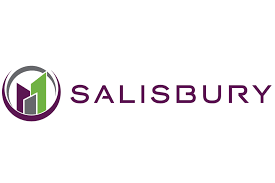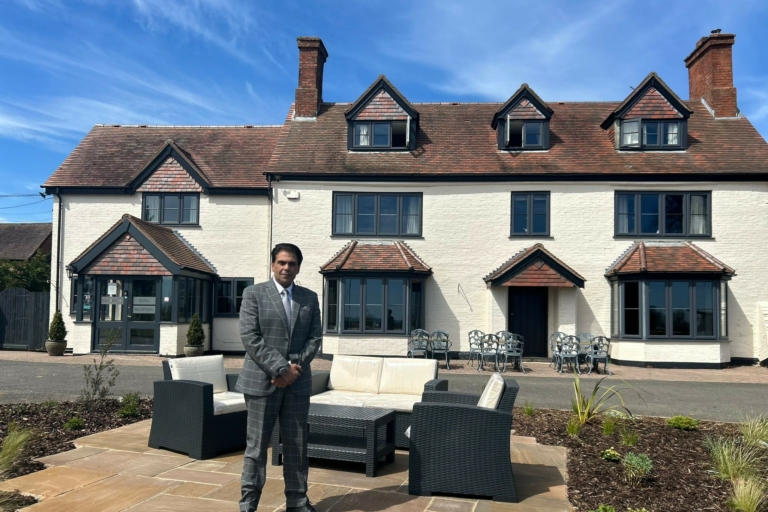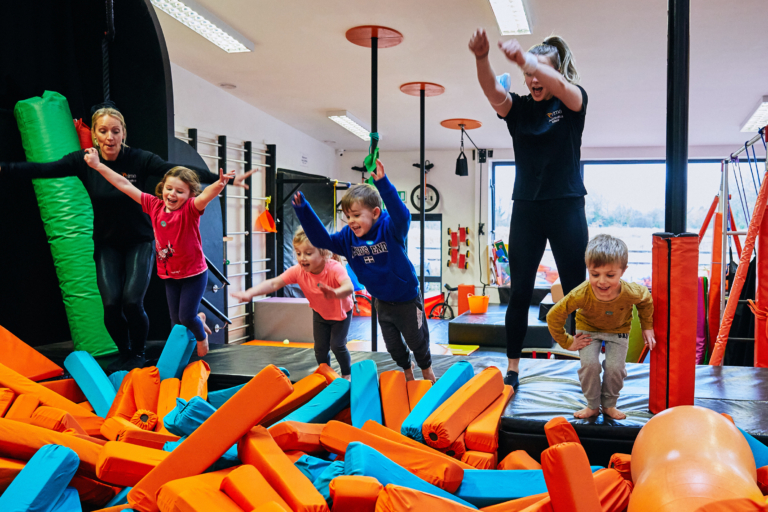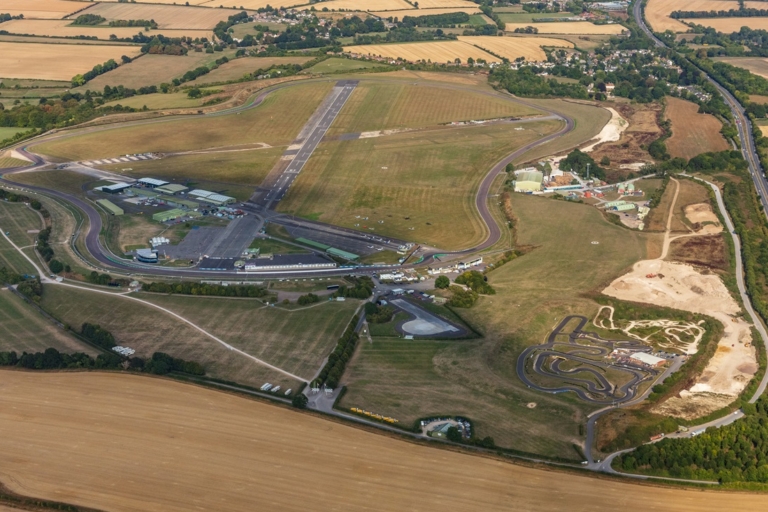How to create workspace for innovation
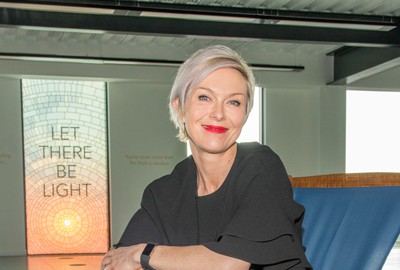
Enabled people, allowed to be creative within a supportive workplace is the blueprint for innovation space, suggests inspirational change specialist Kursty Groves.
The rapidly changing modern business world with its diversifying internet-assisted workstyles is being reflected in the design of modern workplaces – as it should be, stated Groves during an enlightening breakfast seminar in Slough hosted by commercial property consultants Lambert Smith Hampton and The Business Magazine, and fittingly held at Landid and Brockton Capital’s ‘WELL different’ office development The Porter Building, the Thames Valley’s first to gain WELL Core and Shell gold certification.
The open, flexible and collaborative nature of work today is changing workplace design, and experiential workplace environments that attract and motivate employees can be key to companies achieving their objectives, explained Groves.
Not only, can the physical and cultural nature of workplace environments make people feel healthier and inspired, but they can also improve their work and efficiency, or help them learn or alter a mindset.
But, simply following the latest workplace design themes – beanbags and slides, exposed bricks and ducts, etc – was not a one-size-fits-all solution. While such concepts might suit some business models, today’s modern workplace environments need to be relevant to diverse individuals, differing workforces and globalised business demands.
With AI and robotics set to become more integrated within the future business world, particularly for monotonous or repetitive workflows, the human values of creativity, empathy and innovation will increasingly be key conceptual resources.
“We all know we are creative, we all know it matters, but now it’s all about unlocking it.”
We have gone from linear forms of communication to a very networked world, from very static ways of working to being on the move and wherever we like, from left-brain thinking to whole brain thinking.”
“We’ve always had innovations that have changed the way we work, but today we communicate more quickly and widely than ever before. It’s now a world where digital transformation is accelerating at a great rate.”
Accordingly, forward-thinking companies and developers are already creating spaces to enable commercial innovation – the solving of problems in new ways that add value.
Hence the rapid growth in types of innovation space – from incubators and accelerators to start-up, co-working and maker space, from innovation centres to research institutes and dedicated civic space for community innovation.
When it comes to innovation ‘the i’s have it’, suggested Groves – ‘Identification, Insight, Ideas, Impact’, being the human thought stages of this problem-solving process. Enabling and assisting those creative thought stages to occur across diverse and hybrid business sectors required differing types of spaces for innovation, explained Groves.
As the seminar’s interactive audience highlighted, people get their best ideas or do their best work in various ways and places – alone or by collaborating, while out walking or having a shower, remotely at home, commuting to work, or in an open-plan office environment.
While aiming to create fitting spaces for innovation, workplace designers, developers and employers needed to keep the four P’s in mind – people, place, process and purpose – the key elements of a creative workplace.
People are different – we all have a creative ‘fingerprint’, our own unique ways of doing things – whether in skills or opinions, etc.
Places can be overwhelming – physical, functional and psychological comforts need careful balance.
Process and corporate methodology. How a company manages itself, organises its search and development of innovation can be restrictive or enabling.
Purpose is often the driving force for creativity, and a company’s accepted visionary mission, culture, or teamwork can provide that purpose.
And regardless of salary levels, individual motivating factors within 21st century innovation could be office spaciousness and nice views, or aliveness and the buzz of business, or the freedom of speech and shared ideas, or the freedom simply to be oneself.
As Groves said, space for innovation doesn’t have a one-size-fits-all solution.
Nick Coote, Thames Valley head of LSH, later thanked Kursty Groves, mentioning his admiration for her book Spaces for Innovation.





